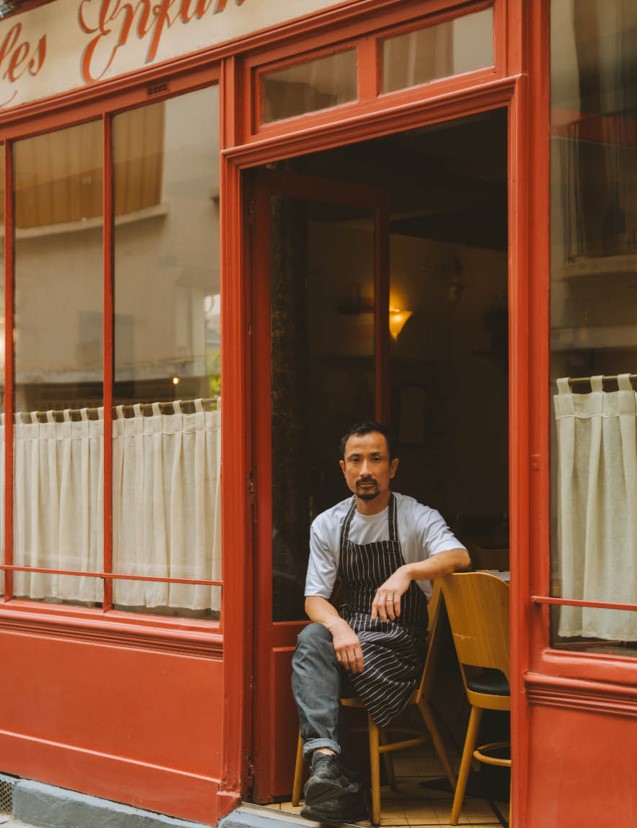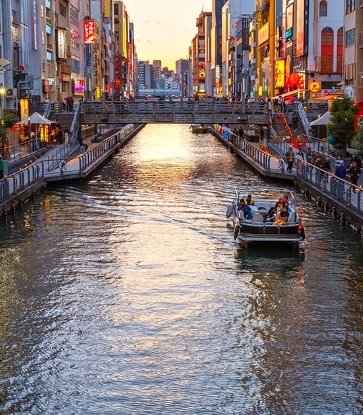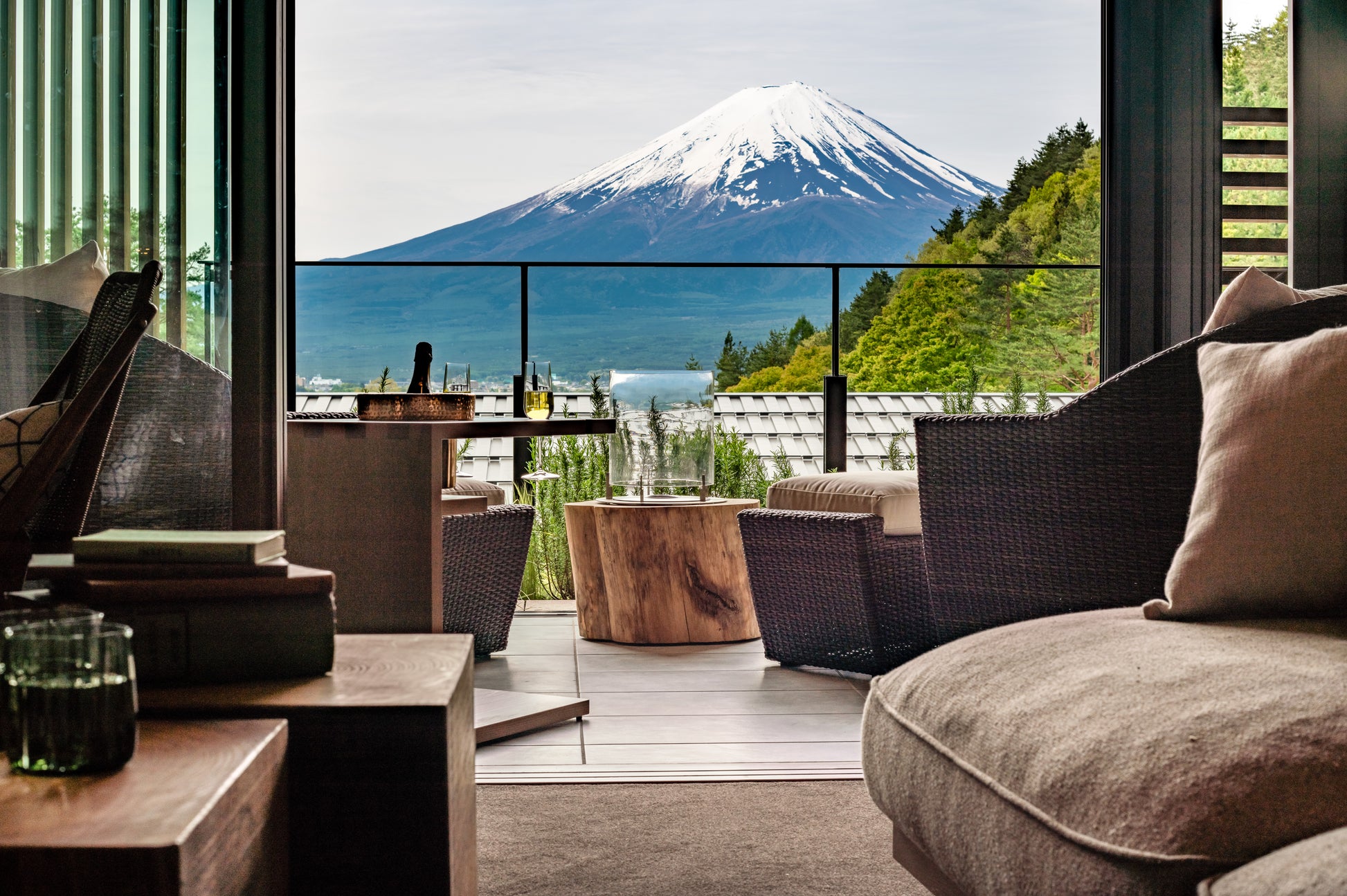Fusion food is often celebrated for uniting cultures and pushing boundaries. We admire their combining the technical creativity of one nationality with experimenting with the ingredients of another. New inventions can take you on a discovery of new tastes and provide a window into the lives of others.
But for some staunch traditionalists, if someone tweaks the recipe of their national cuisine, it can be a bitter dish to swallow. When a certain UK celebrity chef attempted a Thai green curry, gastronomic patriots collectively flipped their lids.
Indeed, as Thai food has grown in popularity in Japan, local restaurants have adapted the classics to fit local tastes – often with amusing results.
Where older Japanese generations may have balked at the intensity of Thai spices, travelling millennials now actively seek them out. This led to a flurry of Thai restaurant openings in Japanese cities, including Somtum Der (Tokyo), an expansion of a MICHELIN-listed restaurant Somtum Der in MICHELIN Guide Thailand.

Stir-fried Thai basil (phad kaprao ผัดกระเพรา) has become the number one dish to order. Pronounced ga-prao in English, but ga-pao (ガパオ) in Japanese, the most common variation is chicken kaprao served with a fried egg… and coriander.
What was previously an unpalatable herb for an entire nation is now a food craze. Several shops have popped up in Tokyo dedicated to selling coriander-based products such as coriander hot-pot dressing and even a coriander soda drink. As for the phad kaprao here, it’s more than a garnish, added in abundance.
Sure, coriander is a staple in Thai cuisine. But it’s not typically included in a phad kaprao.
Is this enough to set the internet ablaze with angry Thai commentators?
Perhaps.
But Japanese foodies haven’t stopped there with the experimentation. They often substitute key ingredients for convenience or adapt it to local tastes. More often than not, restaurants replace Thai basil with sweet basil, which doesn’t have the same vibrant peppery flavour.
But holy basil! 笑 เดี๋ยวก่อนนะ – they may have over-egged the cooking somewhat with a chicken phad kaprao and strawberry jam.

Quick, reliable, and delicious
Phad kaprao topped a Suan Dusit University public opinion poll on Thailand’s favourite foods in 2020 prevailing over international faves such as som tam and phad thai.
But what makes it so popular?
The central ingredient, Thai holy basil (ocimum tenuiflorum), has a distinct fragrance that’s reminiscent of cloves with hints of cinnamon and menthol. In fact, French missionaries noted its aromatic qualities in the first documented evidence of the herb way back in 1687.
A truly traditional Thai phad kaprao would only contain meat and holy basil, believed to be an adaptation of Chinese cooking. But as the dish won favour throughout the Kingdom midway through last century, more ingredients were added to suit local tastes.
It’s the simplicity of phad kaprao that makes it ubiquitous in Thai homes and restaurants. The herb’s freshness contrasts nicely with the savoury meat, spicy chillies, and pungent garlic. Its ten-minute preparation time gives it a fantastic effort-to-taste ratio. And it’s the default dish to order in restaurants when looking for something familiar or for office workers seeking a quick, cheap option at lunchtime.

Big in Japan
The past decade has seen a wonderful cultural exchange between the Kingdom of Smiles and the Land of the Rising Sun, with significant tourist flows in both directions creating a ravenous demand for the exotic dishes back home.
Many visitors to Bangkok are charmed by the street-food culture – the modest simplicity of roadside dining and feeling connected to the local community. For the Japanese, the eye-catching presentation of Thai food is striking. The colourful dishes are a novel contrast to their own which make great social media fodder to share with friends.
Phad kaprao may not be the most photogenic, but it is uniquely Thai. It has gained such a reputation that its Japanese fans can find it anywhere in their homeland – at airports, cafes, food halls, and restaurants.
Thailand has been one of the top ten countries for Japanese tourists every year for the last decade. This was helped in no small part by the success of Thai cuisine and restaurants in Japan.
The restaurants often promote phad kaprao as the most popular among Thais to attract those seeking an authentic Thai dining experience. Some food websites even rank the top kaprao spots in the city.

In Thailand, the dish is usually ordered with pork, but it can be made with anything from beef or fish to shellfish or mushrooms. In Japan, chicken is often the primary ingredient (バジルチキンの炒め物).
Convenience stores have also capitalised on the brand appeal of Thailand by selling ready-to-eat Thai basil lunch boxes that boast nutritionally balanced meals. However, despite the name, Thai basil often doesn’t make it onto the list of ingredients. And there’s something rather paradoxical about buying tinned kaprao when the principal attraction is its fresh simplicity.
Another example of a local challenge when trying to recreate authentic flavours is the substitution of dark soy sauce or oyster sauce with light soy sauce. Light soy sauce, prevalent in Japanese or Korean food, is thin in consistency with a salty tang, while the dark soy, often used in Thai and Chinese cuisine, is more of a thick syrup that is almost black in colour, with molasses and caramel notes.
The limited availability of authentic Thai ingredients and taxes on food imports means it’s hard to recreate true Thai flavours. It raises the cost of what should be a cheap and accessible meal. So anyone may be forgiven for these minor transgressions.
But beyond the absurd use of strawberry jam in a novelty version, phad kaprao regularly appears in reincarnations that would be unconscionable to the average Thai foodie. Think cute bento box arrangements with colourful hearts and vegetables. Or stir-fried basil with vermicelli salad topped with coriander sauce.
Is this just fusion cuisine or is it an aberration? No matter what the critics say, Thai food has found its way into the hearts and stomachs of the Japanese. And the creativity is a fantastic advertisement for the country and the continued cultural exchange between the two foodie nations.
Hero image: © Shutterstock


















